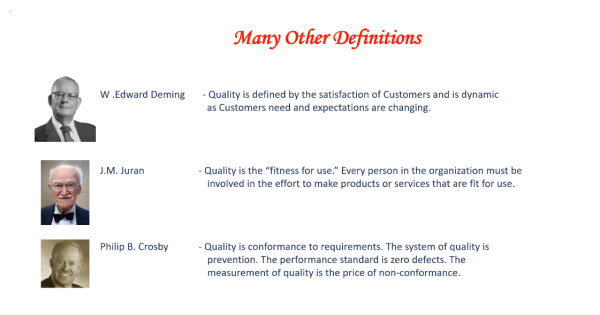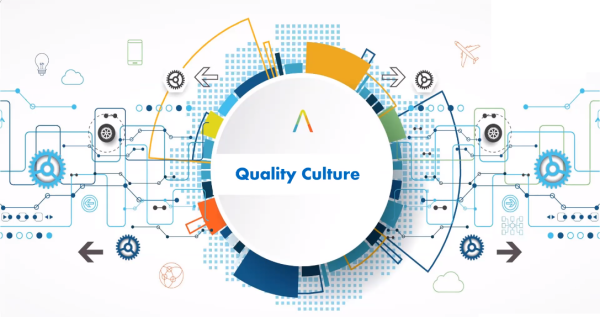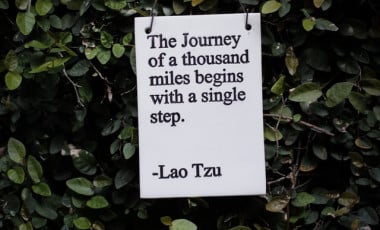The Cost of Quality and the Perception of Quality: Talk by Arun Kaushik, Amazon
In September 2021, Maruti Suzuki announced their decision to recall 180,000 cars sold in the Indian market from 2018 to 2020. A possible defect in the motor-generator unit part was to blame for such a drastic decision. They also promised to replace the faulty equipment free of cost, until which users were advised not to drive through waterlogged areas or direct water spray on electric/electronic parts.
Such issues are becoming commonplace in the manufacturing sector, delivery, product industry, or service industry. We call it the cost of quality: Not being able to deliver at par with the customer’s expectation or not being able to honour that expectation on a product delivered.
Perception of quality differs from person to person. Some look at it in a very static way, and some look at it in a very dynamic way. Some look at it from the perspective of technology, and some look at it from the documentation side. Thus there are different aspects to it.
Now, what is quality, and how do you differentiate between good quality and bad quality? In layman terms, what is the difference between good quality and bad quality? Is it something equally crucial for all of us?
Let’s compare a Starbucks coffee to a cup of coffee worth a couple of bucks. Or a Lindt Lindor Chocolate to a Dairy Milk Chocolate, an Audi car to a Nano car. Or a business class seat to an economy class seat in an aeroplane. Now you can see the difference, the widening gap in quality, in the service offered.
So is it equally crucial for all of us? How do we differentiate quality? How do we view products? How do we see the services?
Expectation of Quality
Are we matching the expectation of quality to our delivery? It is essential in the service industry, the product industry or even, for that matter, day to day life. But if you look at it, it is not just about meeting expectations nowadays; quality has evolved. Quality has evolved beyond the basics. It is not about the fundamental functional aspects of the product or the service anymore. Someone who has studied quality knows about the Kano model: About how to delight the customer. It has reached this next level now, which can be seen across big organisations.
The organisations at the forefront of the market share- the leadership in the industry, are not just focused on the functional aspect of their product and delivery: That is just what the customer expects every day. Anything below that will be a defect. It is more than delivery matching customer expectations. For an organisation to sustain itself against competition from the industry, its standards have to evolve beyond matching the basic functionalities.
Quality is not just about meeting the basic needs, but it is all about delighting the customer. And any and every successful organisation will be focussed beyond just matching expectations. They are not just limited to the basics. These are not just limited to the Key Result Area’s (KRA) we have. These are not just limited to the avoidance of the defect. It is about delighting the customer.
How Would You Define Quality?

Source: Image taken from Mr Arun Kaushik’s presentation
Quality as a system has evolved over the years, and of course, the basic definitions which were at the beginning when the quality journey started for the industries still hold. They remain the fulcrum of all the quality initiatives the company adopts.
The basics of quality are still relevant, but it has evolved to a situation where companies gain a competitive advantage when they adopt quality as a standard. Companies do not just acquire an edge on the competition, but companies thrive on quality.

Quality Culture is the heart of the organisation. Credit: Mr Arun Kaushik
We can say the heart of any organisation is its quality. All the initiatives that they undertake have to be led by quality. They have to initiate it with quality in mind, which leads to competitive strength, which leads to organisations gaining revenue, organisation reducing cost, organisation streamlining their speeds in terms of how fast their delivery process is. So for any organisation to succeed, it has to make quality the lever for the organisation to leapfrog into the next step.
(Talk by Arun Kaushik Paraphrased by Nisha Oommen)



